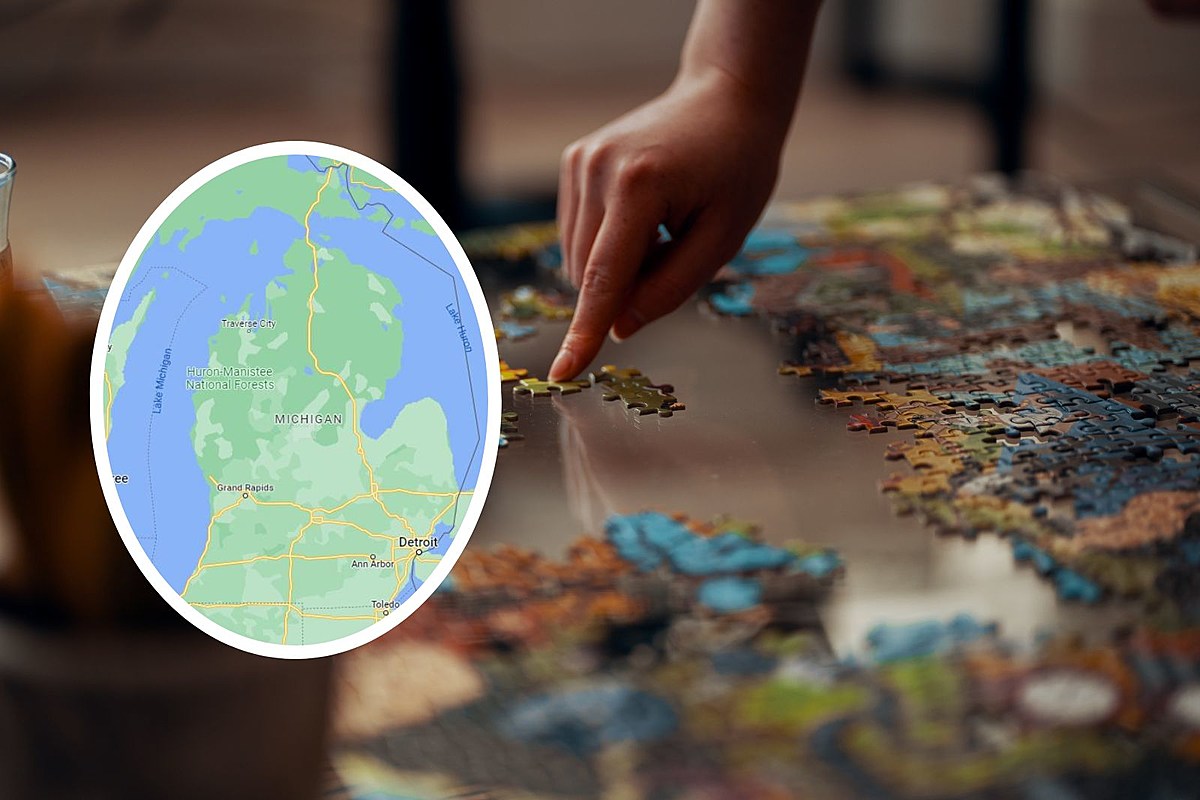
When knitting a beanie, there are many things you should keep in mind. First, the right kind and type of yarn are essential. There are many types of yarn, but you need to know the basics. You can also learn how to add a pom-pom to your beanie. Once you have learned the basics, you can start knitting your beanie. Here are some tips to help you make the most beautiful beanie possible.
Stockinette stitch
A stockinette stitch beanie is a good choice for beginners if you're looking to make a hat that is comfortable to wear and doesn't require special skills. Make it personal by changing the colors. To make your beanie stand out, you can add stripes or other color variations. A pom-pom can be chosen in a different colour to match the brim.
To make a Stockinette-stitch beanie, start with the first row. Insert the needle into the yarn from the bottom. Your hat should measure 53 to 56 cm in circumference. You can knit it with two strands at once if you want a larger circumference.

Waffle stitch
The versatile waffle-stitch is a stitch that adds texture, stretch and dimension to bulky yarns. It is easy to learn, making it a great beginner project. The following photo shows how to knit a beanie using the waffle stitch. To learn this stitch, you must first understand the basic steps.
To begin the hat work the same way that you did in the beginning: round 1. Round 2. Make a P2, K2 ribbing the first time. Round two and three are the same. Repeat the waffle pattern once more, making sure to make 6 purl ridges on each round.
Adding a pom-pom to a beanie
It is simple to add a pom-pom on your beanie, but there are important steps you should take to ensure it stays put. The first step is to cut a piece of yarn that measures about 10 inches in length. Thread the yarn through the hole at one end of the hat. You can attach the string or button to it. After the button or string is secured, tie a knot around it. This will prevent the pompom from unraveling. If you don’t have a button you can tie a ribbon or any other material on top. A button is more secure for attachment.
Sewn pom-poms can also be attached to hats. One half of the snap can be sewn onto the pom-pom. The other half can be stuck through the top hole. Then, thread both ends of your yarn through the hat and tie them together with a few stitches.

The right yarn for you
One of the most important things to consider when knitting a beanie is the type of yarn you will use. You should take into account the weight and feel when knitting a beanie, whether it is for you or for someone you care about. It's also worth paying attention to the yarn's characteristics and the label.
A beanie usually measures approximately 20 cm high. The height can be adjusted by changing the number of rows and the number of stitches used. Once you have achieved the correct height, you will be able to close it by knitting both sides together. You should make sure that the tension on the first row is the greatest. This will ensure that the hat stays on the head. It is important not to make your hat too tight as this can make it more difficult to knit.
FAQ
What's a hobby for children?
Any activity that kids enjoy as a hobby is something they do outside of the normal routine. Children might be drawn to, build, paint, create stories, play with toys or watch TV.
Many parents worry that their children will get into trouble if they're allowed to do whatever they want. This is not necessarily true. If your child is safe and doesn't cause harm to themselves or anyone else, they won't get into trouble.
It's important for people to understand that just because they like something doesn't necessarily mean they'll choose it all the time. For example, if they love drawing pictures but they hate writing, then they may decide to draw pictures instead of writing.
There are many different hobbies, so it is up to you which one you love the most.
Why do we have hobbies?
Hobbies play an integral part in our lives. It allows us to unwind and recharge, think creatively, exercise, socialize, have fun, and allow us to enjoy life. These hobbies offer us the opportunity to learn new skills, develop valuable lifelong interests, and provide opportunities for us to do both.
Hobbies are a way to find meaning and purpose.
They can be a great way of spending time without having to do anything else.
They are fun!
If you don't have time for a hobby, then you probably don't have time for anything else either.
Look at all the options. Maybe you should consider starting a hobby.
What are some good hobbies ideas?
It's the hobbies you are most passionate about that make you happy. If you enjoy what you do, it will be much easier to keep going. If you don't feel well or tired, you will always have an excuse!
Hobbies that we all know and love include gardening, painting and crafts, photography, cooking, sports and games, reading, music, film-making, collecting, cycling, walking, dancing, writing, playing instruments, etc.
Volunteering could be a great option.
Let's say you are looking for something more exciting. Try scuba diving, rock climbing or parasailing.
You can spend your time outdoors in many different ways, including spelunking, snowshoe hiking, snowshoe hiking and more. These include caving.
Statistics
- I am 100% biologically a woman (discover.hubpages.com)
- Almost 80% of people claim to have no hobby. (hobbylark.com)
- Studies show that just six minutes of reading can reduce stress levels by 60 percent. (oberlo.com)
- A new survey by Pew Research Center of teens ages 13 to 17 finds that 36% of girls feel tense or nervous about their day every day; 23% of boys say the same. (pewresearch.org)
- In comparison, men in the “no humor” condition were refused 84.6% of the time and were only accepted 15.4% of the time. (time.com)
External Links
How To
How to learn a musical instrument
There are many ways you can learn to play music. You could attend a school, read a book, get lessons from someone who plays a musical instrument, or look at videos online. These are just a few tips and tricks to help you get started if you're determined to make your own path.
-
Find something that interests and you. You don't have to like every instrument you see. If you don’t enjoy playing an instrument it will be hard for you to get into it.
-
Be patient. It takes time to learn anything new. Do not expect to be able to master every aspect of the subject immediately. Keep practicing each day.
-
Regular practice is important. Do this even when you feel tired. This will ensure you don't forget what lessons you have just learned.
-
Pick a place where you can practice. It is best to find a quiet space where you will not disturb others. Make sure there aren't distractions. Avoid loud music, for example.
-
Have fun. Music is meant to be enjoyed. So make sure that you always have fun while practicing. It will make you more motivated to keep going.
-
Set goals. You will know what you need to do if you have goals. This will make it impossible to fail.
-
Keep track of your progress. Write down all of your accomplishments and failures. You will be able to improve your skills over time by writing down all of your achievements and failures.
-
Take breaks. Sometimes, all you need is to take a moment to think. Taking breaks can give you the time to think.
-
Ask questions. Ask others if there are any doubts or questions regarding the instrument. They may be willing to help.
-
Listening is the best way to learn. Musicians often listen to music they like and try to imitate it. This allows them to understand the basic ideas behind the song.
-
Read books. You will learn more from reading books than you can by watching videos or attending classes. Books often contain information you can't find elsewhere.
-
You can join a band. Playing with other people will make you more practice. You will also meet others with similar interests to yours.
-
You can watch tutorials. Tutorials are short videos which explain many topics in great detail. These videos often focus on one aspect or part of the instrument. Tutorials can help you understand complex parts of your instrument.
-
Try different methods. Some people prefer to learn through lectures. Others prefer to read. Find what works best for your learning style.
-
Practice makes perfect. You don't become an expert overnight. Instead, you must put in lots of effort before becoming skilled enough to perform well.
-
Begin a group of musicians. Listening to others play your favorite songs can help speed up learning.